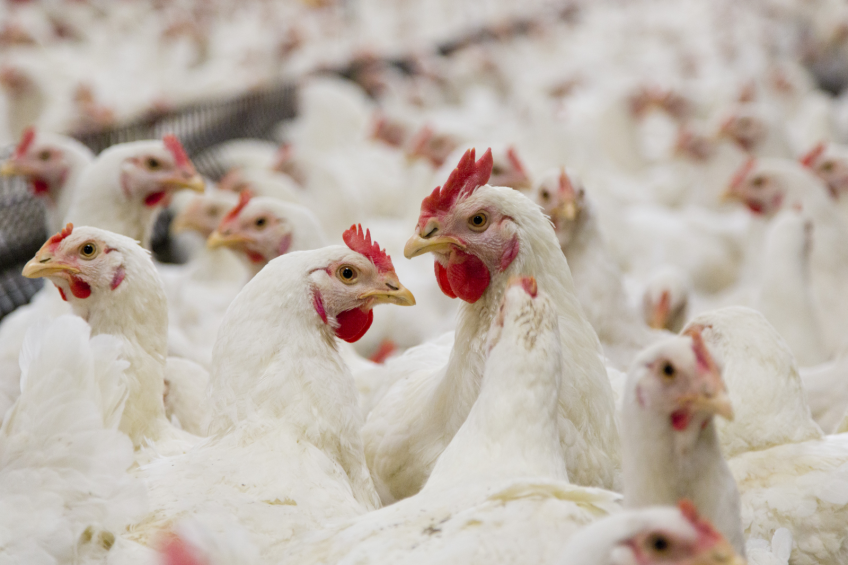Fighting campy with cameras in the broiler house

Cameras viewing broilers in a shed may soon be able to indicate whether a flock will test positive for campylobacter as early as 10 days into its cycle.
Research by scientists from Oxford University has uncovered a link between the amount birds move and their propensity to develop health concerns and, crucially, the likelihood of developing campylobacter.
Microbiological analysis
Testing for campylobacter relies on microbiological analysis of faecal swabs, requiring specialist equipment and results can take up to 3 days. But the new method indicates the likelihood of a positive flock in real time, using cameras linked to software which monitors bird activity.
The team at Oxford University set up 4 cameras in 3 separate sheds belonging to 2 major UK poultry businesses. Flocks were of mixed sex and either Ross 308 or Cobb 500. All were grown to a target stocking density of 38kg/sq m, with “optical flow data” from the 4 cameras recorded from day 2 to day 30, before any thinning took place.
Campylobacter testing
Campylobacter testing took place on days 21, 28 and 35, and was compared with movement rates of the birds. The researchers were able to demonstrate that flocks which had less uniform movement, and moved less overall, were more likely to test positive for campylobacter before depletion.
The research, published in Proceedings of the Royal Society, explains birds that move less will be more likely to harbour campylobacter. But it adds it is unclear whether the lower movement is caused by lower flock health, which may predispose birds to campylobacter infection, or that campy itself may cause more harm to broilers than previously thought.
Behaviour and campylobacter status link
Professor Marian Dawkins, an author of the study, said: “Our results provide statistical evidence of a link between broiler chicken flock behaviour and campylobacter status. The findings are also compatible with the growing evidence that campylobacter may be detrimental to chickens’ health, rather than simply being harmless gut bacteria,” she added.
“Use of this optical flow information has the potential to make a major impact on the management of commercial chicken flocks, for the benefit of producers, consumers and the birds themselves. Farm managers able to access such information in real time would have early warning of which of their flocks were most at risk of health and welfare problems, enabling them to intervene before these became serious.”
The researchers are now working with Isis Innovation, Oxford University’s technology transfer company, to ascertain how to make the most of this technique.
By: Jake Davies













